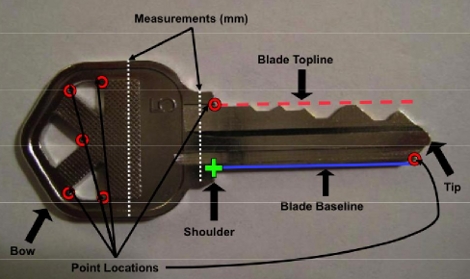[youtube=http://www.youtube.com/watch?v=zE5PGeh2K9k]
[Steve] shows us his version of the knock detecting lock system. The idea is pretty simple, knock in a certain pattern and the door unlocks. We’ve seen it before several times. This solution is somewhat cleaner than the others, not only in physical design, but also in how you reprogram it. Simply push the reprogram button and enter your new knock. We’re a bit surprised that the suction cups actually hold it on the door. Maybe it’s just us, but we can never seem to get those things to hold very well. There are lots of great pictures as well as the source code available on his site.
[via HacknMod]















